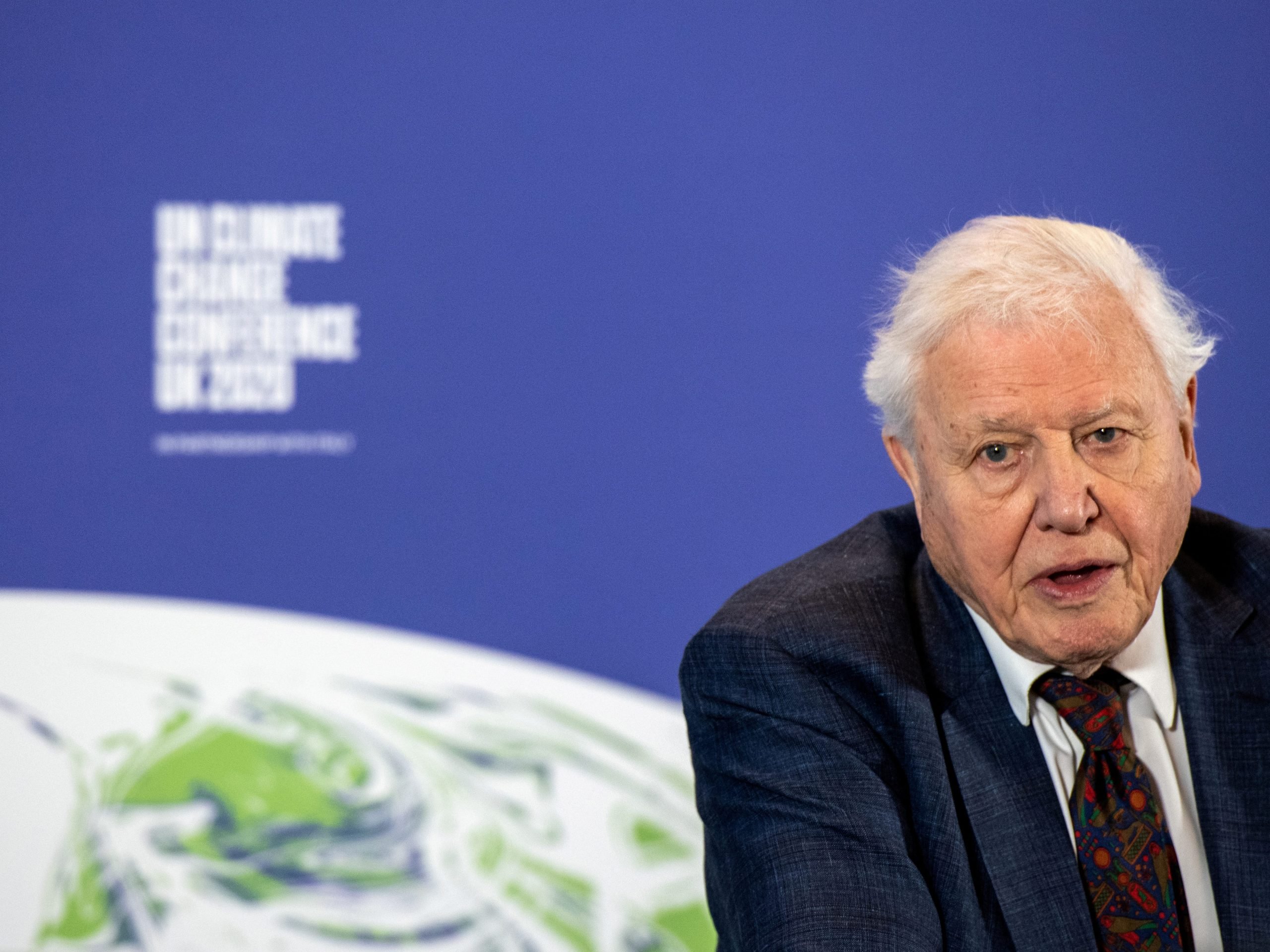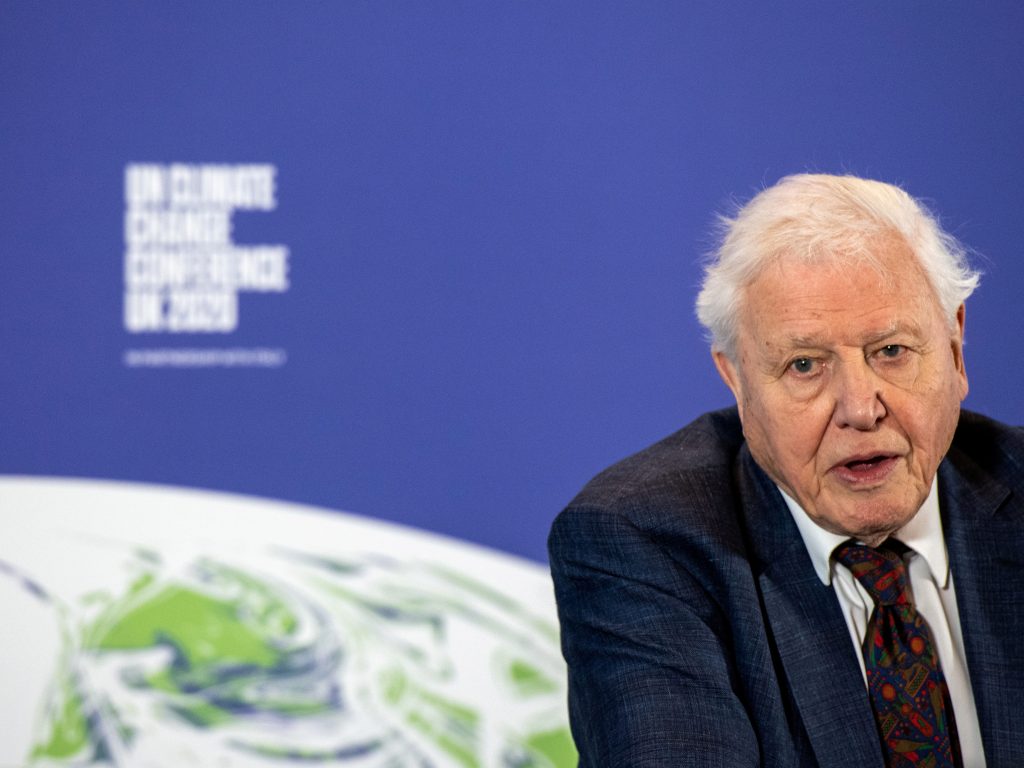
Reuters
- The United Nations Climate Change Conference, known as COP26, is convening in November in Glasgow, Scotland.
- The summit is where countries around the world will put forward new climate change commitments.
- Key talking points will include carbon markets regulation and net-zero financial responsibilities.
- See more stories on Insider's business page.
Dubbed a "turning point for humanity," COP26 is the upcoming climate summit set to pave the way for our path to net-zero.
From November 1-12 in Glasgow, Scotland, world leaders – and famous faces from David Attenborough to Pope Francis – will come together to negotiate how countries around the globe can tackle the challenges posed by global warming.
What is COP26?
COP stands for Conference of the Parties, and this year marks the 26th global gathering – hence, COP26.
Since 1995, national governments from across the globe have come together at COP to negotiate deals that will provide a worldwide strategy for combatting climate change.
What makes COP different from other climate summits?
"Unlike other environmental summits, COP is both global and inclusive," explains Chris Venables, head of politics at environmental think-tank Green Alliance. The system is "one country, one vote," meaning everyone has their say, creating space for an equitable conversation.
Overseen by the United Nations Framework Convention on Climate Change (UNFCCC), it brings together delegates from around the world, including heads of state, policymakers, and climate scientists. COP also engages with the public via businesses, youth and faith groups, academics, and civil society.
Who else will be there?
Some 20,000 accredited delegates will visit Glasgow, as well as leaders of all signatories, including US President Joe Biden.
Though the UK government has pledged vaccines for all delegates, it is unclear exactly who is going to make it there in November. "Making the event accessible is crucial as it ensures delegates from developing countries, and especially climate-vulnerable countries, will have their voices heard," says Venables.
Because of vaccine inequality between wealthy and poor nations, some people, such as Greta Thunberg, are considering boycotting.
What does COP aim to do?
Put simply, reduce carbon emissions.
The world aligns at COP to determine goals for combating climate change in a timeframe that allows ecosystems to adapt naturally.
"The aim is to stabilize greenhouse gas concentrations in the atmosphere to prevent dangerous levels of global average temperature rise," says Venables.
"COP is a critical opportunity to take stock of global progress and finalize rules that haven't yet been agreed by governments," adds Shyla Raghav, vice president of climate change at Conservation International, who has been following the proceedings closely. She says reaching a consensus is crucial if we want to combat climate change.
Why is this year's COP so important?
The Paris Agreement was signed at COP in 2015. As a result of that agreement, each country attending this year will put forward a Nationally Determined Contribution (NDC) outlining their commitment to reducing emissions.
"At COP26, countries have to upgrade their national climate plans for the first time since presenting them in Paris," explains Venables.
These NDCs may prove contentious as different countries push for targets that suit their own agendas, and could make or break our chances of limiting global warming to between 1.5 to 2 degrees Celsius above pre-industrial levels (the number agreed upon in Paris).
We're coming up against a global stock take, explains Raghav. "We will add up these contributions and assess their fairness." In 2023, a subsequent report will indicate whether we are on track to reduce emissions in time.
What should I look out for at COP26?
From nature-based solutions to COVID-related setbacks and how to mitigate our way to net-zero, there's a lot on the COP26 agenda.
Article 6, the last section of the Paris Agreement to be finalized, will be a big one to watch. It includes a common framework for regulating international carbon markets that could bring additional public and private finance to emission reduction efforts. This would make mitigating the effects of climate change more cost effective.
Coal will also make a big appearance in negotiations. But global commitments on phasing it out will prove contentious to countries dependent on it, such as China, India, and Russia, according to Venables.
Countries will also discuss who should bear the greater financial burden in future efforts.
Not only may developing countries, economically overburdened by the pandemic, ask for help financing their NDC requirements, but many countries feel the cost of addressing climate change should weigh heaviest on industrialized countries who are historically most responsible.
"Developing nations will ask for a flow of financing and tech to help meet their commitments," explains Raghav.
With 36 days until the event kicks off, activists say the best- and worst-case scenarios hinge upon two things: delivering $100 billion in climate finance for developing countries and securing meaningful upgrades to countries' national emissions reductions plans.
Without that, the prospects look bleak.
Dit artikel is oorspronkelijk verschenen op z24.nl
